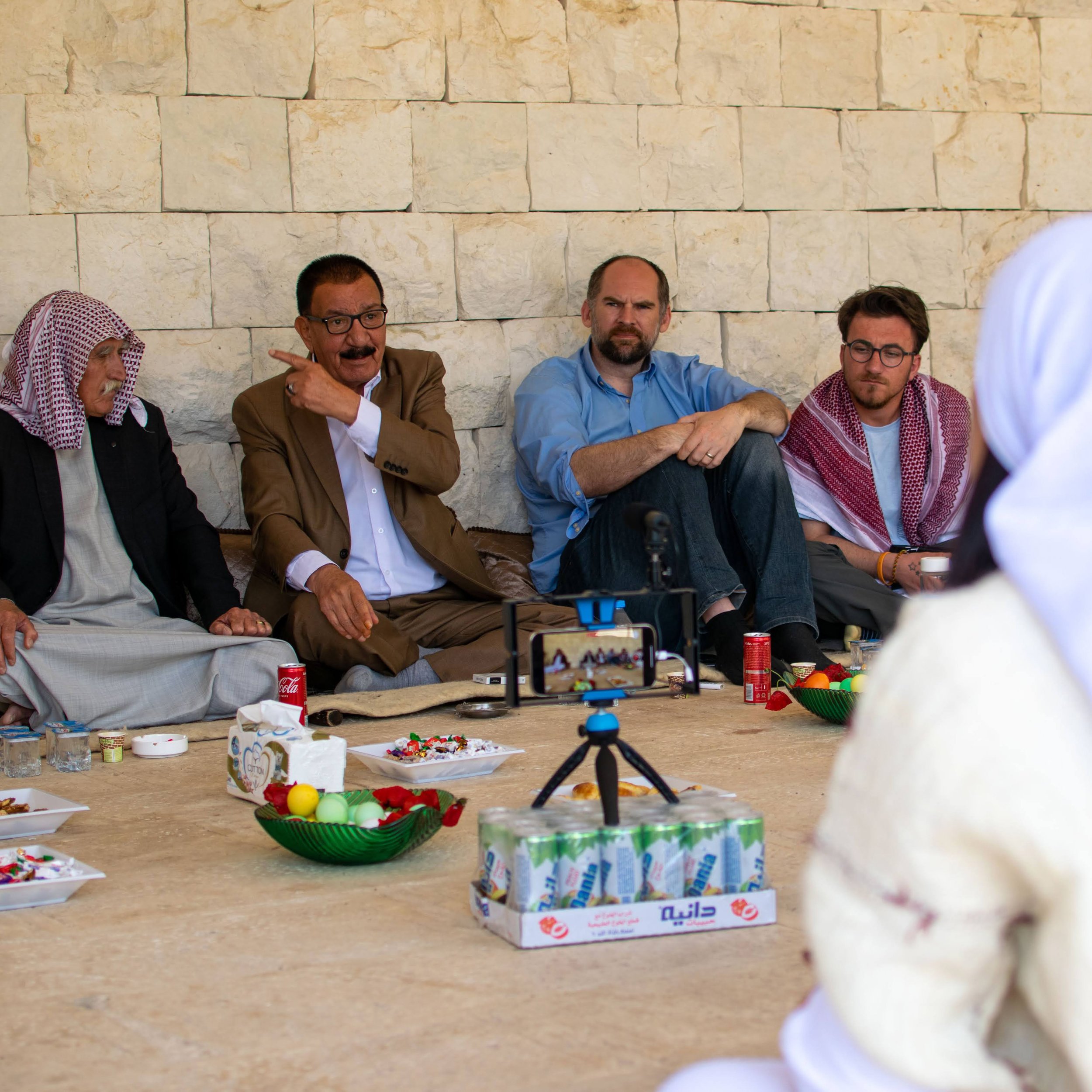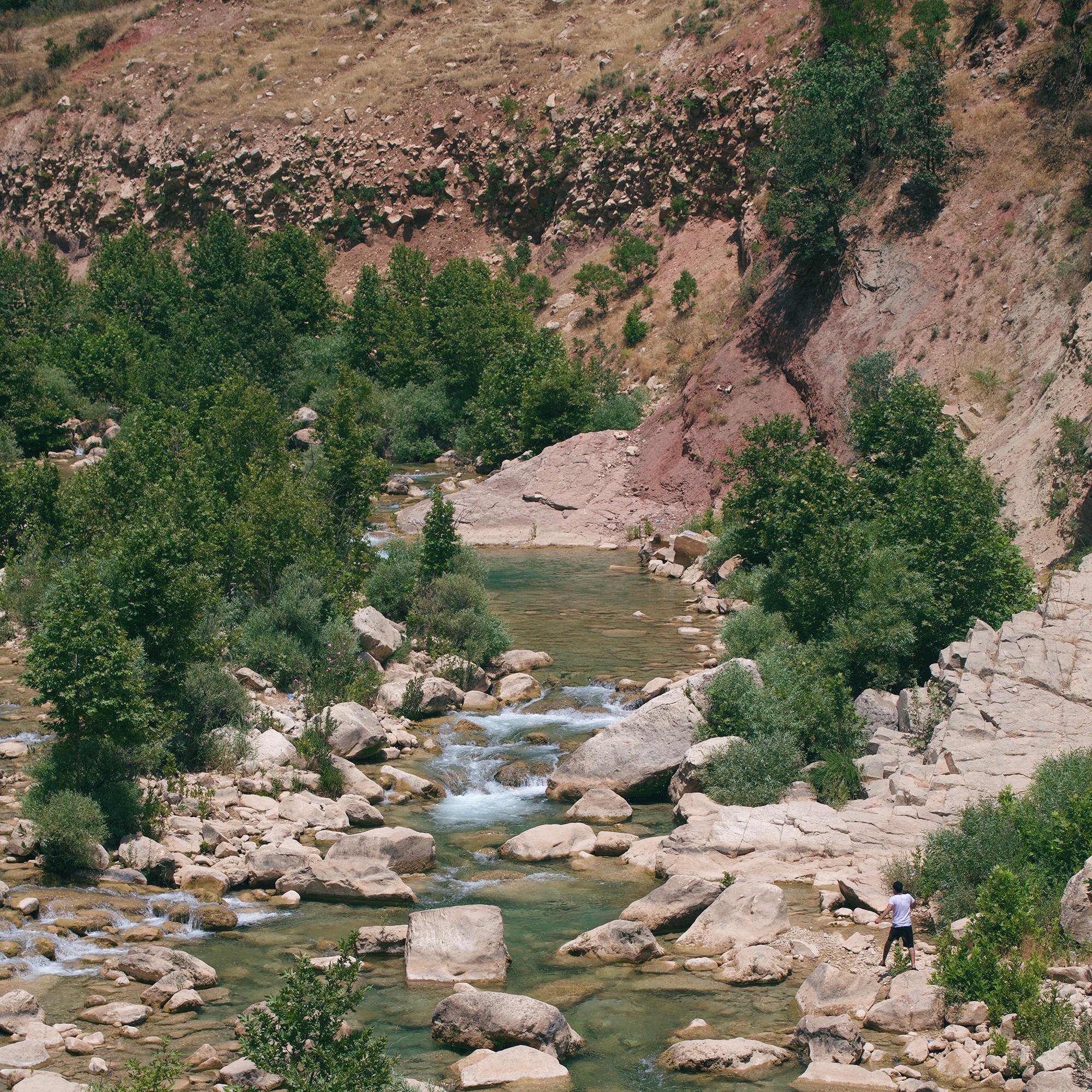To Rebuild or Relocate?
Brazil’s south reckons with how to respond to extreme floods.
SEPTEMBER 17, 2024
State of the World features occasional dispatches on the latest news, events, and ideas. To receive these updates directly in your inbox, sign up for our newsletter.
✺
This week, Jorge C. Carrasco is reporting from Muçum, Brazil.
“Crise Climática ocasiona maior enchente do Rio Grande do Sul,” 16/05/2024, Porto Alegre, RS (Foto: Maí Yandara / Mídia NINJA via Flickr)
In September last year, Muçum, a small town in southern Brazil, experienced a week of heavy rain. Worried the Taquari River, which runs alongside the city, would overflow, people tried to prepare, moving furniture and wrapping belongings in plastic bags.
Elisabete Amaral Simonaio and her 90-year-old mother Zelda decided to sleep upstairs. But the water seeped into the house and started to rise. When Simonaio awoke in the middle of the night, the water was up to her ankles. The room was dark; there was no more electricity. They held hands. The next morning, neighbors came to their rescue with boats, but her mother had not survived.
The question now is not how to rebuild, but whether to do so at all. In many of the affected cities, the ecosystem has changed; rivers have widened and the flow of water has slowed, conditions that could contribute to more extreme floods in the future.
Muçum is in the state of Rio Grande do Sul, which has seen three extreme floods in the past year. More than 200 people died and more than 400,000 — some of whom fled before the water came — were temporarily displaced, living in schools and warehouses serving as makeshift shelters. After the most recent flood, this past May, the UN Refugee Agency declared 43,000 people climate refugees, meaning they couldn’t return to their homes.
The question now is not how to rebuild, but whether to do so at all. In many of the affected cities, the ecosystem has changed; rivers have widened and the flow of water has slowed, conditions that could contribute to more extreme floods in the future. The region is particularly vulnerable to the impacts of climate change; according to a study published in Earth and Space Science in April, southern Brazil has seen an increase in rainfall events since 1950 as a result of global warming.
In May, Brazilian President Luiz Inácio Lula da Silva — who has made restoring environmental protections and tackling climate change a priority since taking office in 2023 — pledged to restore “Rio Grande do Sul to how it was before the rain.” The government has outlined plans that include efforts to restore damaged infrastructure and help the displaced. But it has also said it will work with municipalities to build new, temporary cities in safer areas. Lula vowed to “never again place people in a location where they risk their lives.”
In an interview with CNN, the governor of Rio Grande do Sul, Eduardo Leite, agreed that some municipalities would have to be relocated to safer areas where “protective measures for the cities, such as dikes or river dredging, can be implemented.”
These temporary cities would be, according to the state’s government, a transitional solution between temporary shelters and permanent housing for people who have spent months living in shelters. The structures would be mobile, and placed in regions with high concentrations of climate refugees, including Porto Alegre, Canoas and Lajeado. A number of prefabricated 27-square-meter steel and concrete homes — containing a bedroom, bathroom, living space and small kitchen — have already been placed near cities like Estrela and Encantado, while authorities work on a plan to provide more long-term housing solutions for the displaced.
But that plan is still a mystery. Policymakers and public servants interviewed by The Dial declined to go into more detail about how they plan to relocate people away from damaged and at-risk areas. With municipal elections coming up in October, many local politicians are reluctant to divulge much information, for fear of harming their chances in the polls. In May, for example, the mayor of Roca Sales said that the city was investigating the possibility of relocating 40 percent of the population to a location four kilometers away, but no timeline has been proposed.
Marjorie Kauffmann, Rio Grande do Sul’s secretary of environment and infrastructure, confirmed the region is looking into promoting relocation and said most municipalities have embraced the idea, but would not go into detail about current plans.
Rio Grande do Sul’s most recent flood, in May of this year, was produced by the combination of a heatwave, a warmer planet, and the arrival of a cold front associated with a cyclone causing instability and rain. “This storm system reorganizes itself over some days, resulting in extreme precipitation,” said Francisco Eliseu Aquino, a professor at the Department of Geography at the Federal University of Rio Grande do Sul.
These types of events will only become more frequent with climate change, said Marcelo Dutra da Silva, an ecology professor at the Federal University of Rio Grande. That’s why “constructing the same things in the same places won’t help, because we’re at risk of losing everything in the near future.”
Many worry about changing the way they live, finding new work, and integrating into new communities. And they are angry that the government is not doing more to help them restore their homes.
Da Silva has publicly advocated for measures to protect the region’s cities against the impact of climate-change-related catastrophes. He argues that residents should be encouraged to relocate to safer areas, with state support. “Things are happening at a slower pace than expected,” he said. The upcoming October elections have slowed down preparations and diverted politicians’ attention. Still, cities like Eldorado do Sul and Rio Grande are too vulnerable to climate change and extreme weather events and their residents need to be moved elsewhere, Da Silva believes.
Heverton Lacerda, president of a regional environmental NGO called Agapan, warned that relocation efforts also risk being severely delayed by complex bureaucracy and residents’ reluctance to move.
Many worry about changing the way they live, finding new work, and integrating into new communities. And they are angry that the government is not doing more to help them restore their homes.
In May, protestors in Canoas blocked a highway to demand the local government take faster action to help those who had been sent to shelters and were waiting for support to rebuild their homes or find another place to live. In the hardest-hit neighborhoods of Porto Alegre, which are also some of the poorest, residents voiced their outrage at a lack of water pumps to drain their streets and homes, which remained flooded for weeks.
"They say 'just leave,' but how do you do that after constructing your entire life in this city?" asks Marcos Antonio Bastiani, a civil engineer from Muçum whose house was damaged by the floods.
Tânia Capalonga moved to Encantado — a city 13 kilometers from Muçum — with her husband and daughter, after their home in Muçum was destroyed by flooding in September 2023. She had lived in the city for 36 years. “You realize only after the shock that you have no place to live, nowhere to work. I was devastated,” she recalled. “At that moment, I thought, it’s time to leave for another place.”
But not everyone can afford to do the same, she stressed. “People are migrating to other places. But many who insist on staying in Muçum do so because they can’t afford to move to a different city. It’s not easy to leave everything behind.”
Simonaio, the Muçum resident whose mother died in last September’s flood, is trying to reconstruct her life in the second story of the house her father built many decades ago. Sometimes she thinks about moving to a nearby town, where she might feel safer. But she doesn’t expect to do so anytime soon. Leaving would be too painful, she said, and her financial resources are limited. “Now I just hope the water doesn’t come.”





